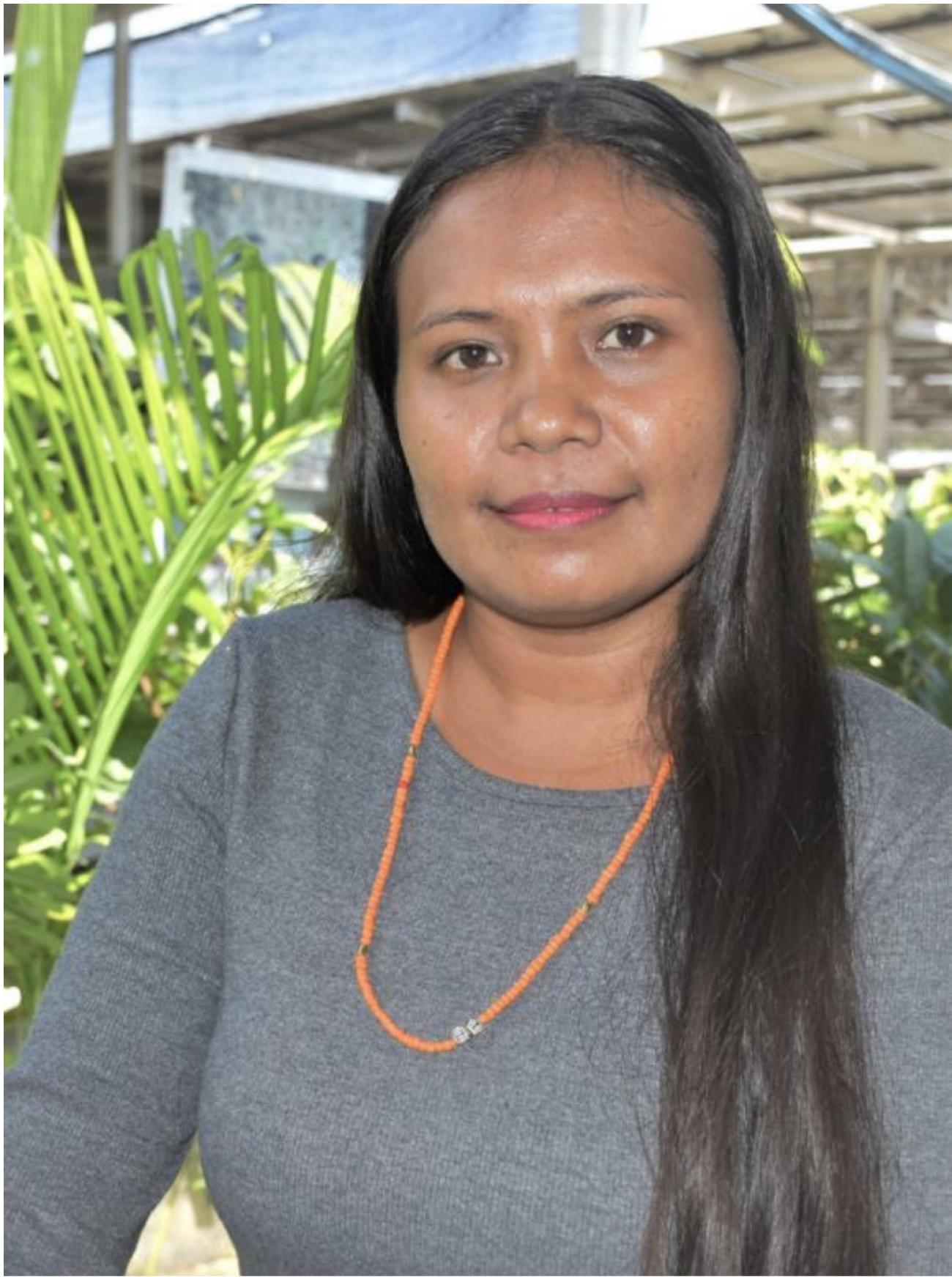Why Gender and Social Inequalities Matter in Timor-Leste's Socioeconomic Response to COVID-19

The majority of people left out from the COVID-19 responses are rural and young women, people with disabilities and LGBTI persons.
Why are these groups often left behind? “
“The socio-economic support didn’t equally benefit everyone. Many widows, people with disabilities, abandoned women, vendors and LGBTI persons are excluded from the beneficiary list, even though these people are independent or might be abandoned by their family and community,” said Esmenia Laura Ximenes, the Executive Director for Timor-Leste Young Women’s Group (GFFTL). Esmenia is part of a team of 14 women’s organizations who conducted research led by the umbrella women’s network Rede Feto to monitor the reach of the Government’s socio-economic cash transfer support to women from marginalized groups. She interviewed over 100 people from 3 administrative posts in Liquiça (of Timor-Leste’s 65).
Between August and October 2020, 13 Rede Feto organization members and partner organization Arcoiris came together and led qualitative research measuring the Government’s socio-economic support in 12 municipalities and the Special Administrative Region of Oe-cusse Ambeno. The research was part of the UN in Timor-Leste’s support to the Government’s COVID-19 response, facilitated through UN Women with funding from the UN Secretary General’s COVID-19 Fund. A total of 1,418 women from diverse groups with high-risk to vulnerability were interviewed, including 26 focus group discussions with 325 women, 93 male authorities from villages, administrative posts and municipal levels. As COVID-19 and the extended state of emergency created situations of difficulty for individuals already facing barriers to meeting their basic needs, respondents shared mixed emotions of fear, anger, sadness as well as gratitude on their experience with the Government’s response. Many people were fortunate to receive the cash transfer, with 96% of those interviewed receiving the cash transfer either directly or indirectly (where another family member received the cash for the household).
At the same time, the findings from the research also highlighted that around 40% of the sample consisted of women with multiple disadvantages and higher likelihood of not being able to access or receive the cash transfer. Esmenia hopes the findings can support future recovery efforts to build equal opportunities for people to access their rights, regardless of their gender or ability.
As an advocate for gender equality and inclusion, Esmenia shared her recommendations to the government. “The Ministry of State Administration must develop a definition for the family and household, and the Ministry of Social and Solidarity and Inclusion also must consider engaging civil society organizations who work with women, people with disabilities and the LGBTI community in designing the response program to ensure no one is left behind.”
During the research, the team encountered an unmarried 50-year-old woman from Bobonaro with a physical disability who only learned about the support when she saw and heard neighbors coming back home and talking about the subsidy they received. “I was never aware of the support, and I’m not entitle to have ‘ficha familia’ (family card) because I’m single. I can’t help myself to go out to seek information. Only if there is support made available to us, then I would have received the subsidy.”
According to Esmenia, while the advantage from the socio-economic support is to ensure that households can sustain their basic needs during the pandemic, one of the biggest gaps was that the government did not have a way to identify those groups who were at risk of exclusion or collect disaggregated data on the situation of individuals within households. Additionally, every household received an equal amount of subsidy, even though there is clear evidence that the COVID-19 emergency has not had an equal impact on women and men, boys and girls, and individuals from marginalized groups.
Hoping that there will be consideration for the recommendations in future emergencies, Esmenia expects the government to review the criteria for benefits to be provided to family units, as this tends to leave out women who are independent, including widows. It also needs to consider individuals who face other barriers, such as Joker, a 30-year-old breadwinner for his family. He explained his challenge to obtain a ficha familia to access support for his partner and daughter, noting, “they say because I’m a lesbian, they considered my partner as my sister.”.
More than just conducting field research representing GFFTL, Esmenia shared her reflections on what could have been done differently. “I learned that when you bring a diverse group who advocate for the same rights together, it will build a stronger advocacy strategy to influence decision-making at the highest level. For the future, I would suggest to increase attention to the availability of disaggregated data and work with civil society organizations in designing the plan for government support.”
The research findings highlighted that women with disabilities, lesbian, bisexual and transgender (LBT) persons, women whose partners have left them, and widows can be most excluded in the community and from government response efforts. By recognizing the discrimination, harmful attitudes and institutional barriers that these individuals face within their families and communities, we can ensure those furthest behind are given space at the front of the line for recovering better and building back equal.





